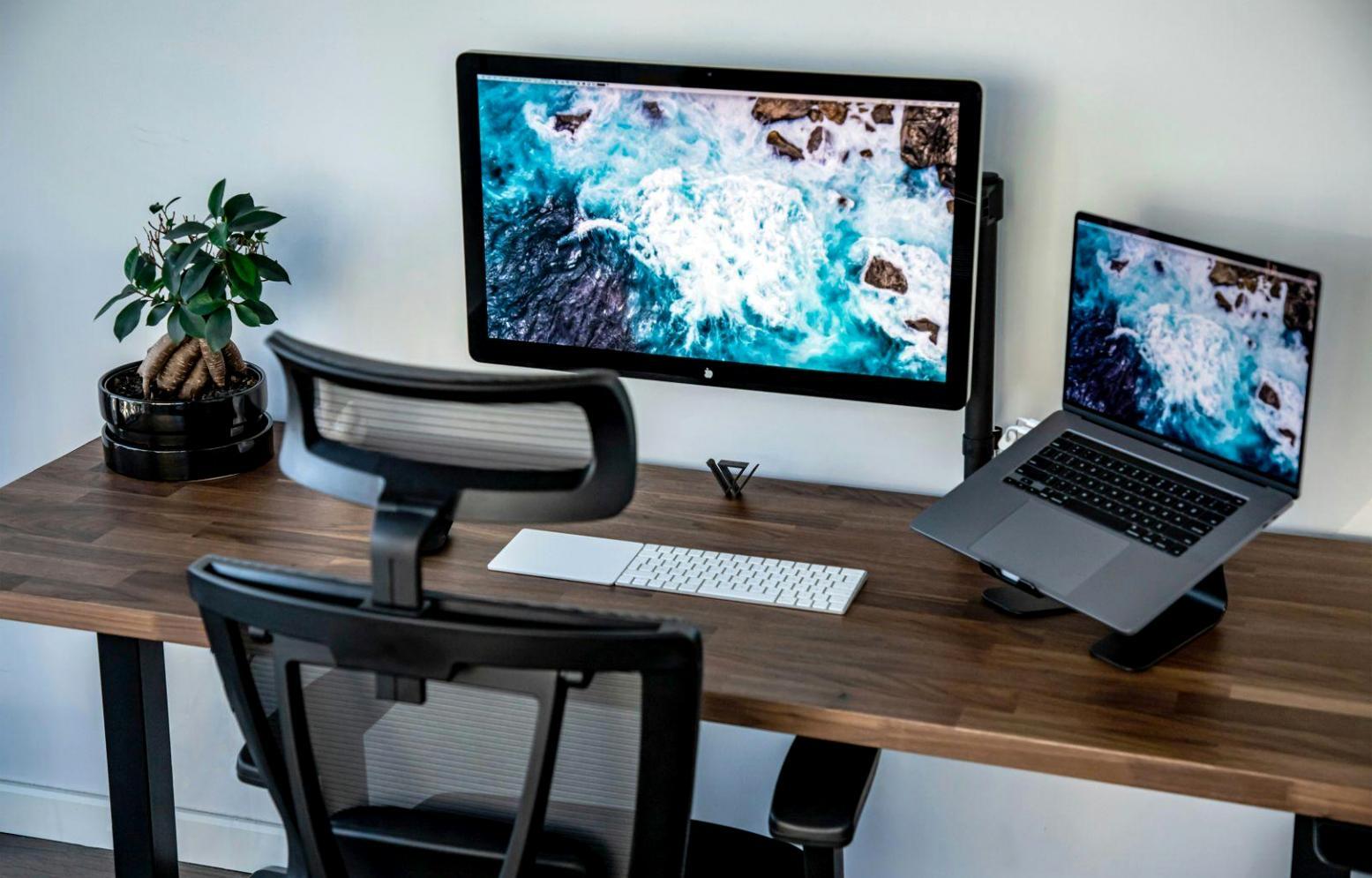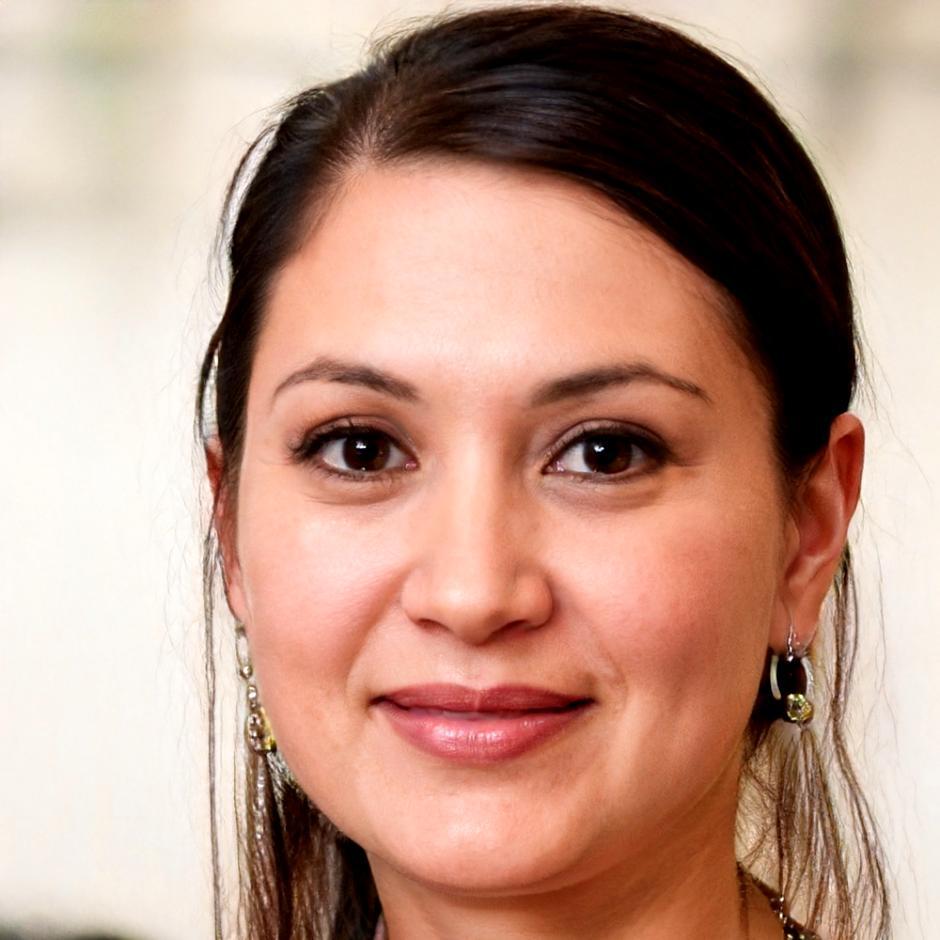Smart Teaching Methods That Actually Work
We've spent years figuring out what makes financial education stick. Our approach combines practical exercises with real-world scenarios to help Canadians build lasting money management skills.

Our Core Teaching Philosophy
Financial literacy isn't about memorizing formulas — it's about building habits that work in real life. Here's how we make that happen.
Start With What You Know
We begin every session by connecting new concepts to your current financial situation. No abstract theories — just practical knowledge you can use immediately.
Practice With Real Numbers
Students work with their actual income and expenses. This hands-on approach makes budgeting feel less intimidating and more achievable.
Build Systems, Not Rules
Instead of rigid budgeting rules, we teach flexible systems that adapt to life changes. Your financial plan should work for you, not against you.
Why Traditional Methods Fall Short
Most financial education focuses on perfect scenarios that don't exist in real life. Your income varies, unexpected expenses happen, and life gets complicated.
Our method acknowledges these realities from day one. We teach budgeting strategies that work when your car breaks down, when you get a bonus, or when your hours get cut at work.
Students learn to think like financial planners — not just follow pre-made templates, but understand the reasoning behind every decision.

Quick Wins You Can Start Today
These are the strategies our students implement first because they show results within the first month.
The 24-Hour Rule
Before any purchase over , wait 24 hours. Most impulse buys lose their appeal overnight, and you'll be surprised how much this simple pause saves you.
Round-Up Savings
Round every expense up to the nearest in your budget. The difference goes straight to savings. It's automatic, painless, and adds up faster than you think.
Weekly Money Meetings
Spend 15 minutes every Sunday reviewing your week's spending. Look for patterns, not problems. Understanding your habits is the first step to changing them.
The One-Category Focus
Don't try to fix your entire budget at once. Pick one category — like groceries or entertainment — and track it closely for a month. Master one area before moving to the next.
What Our Students Say
These are real stories from people who've completed our budget allocation program.




